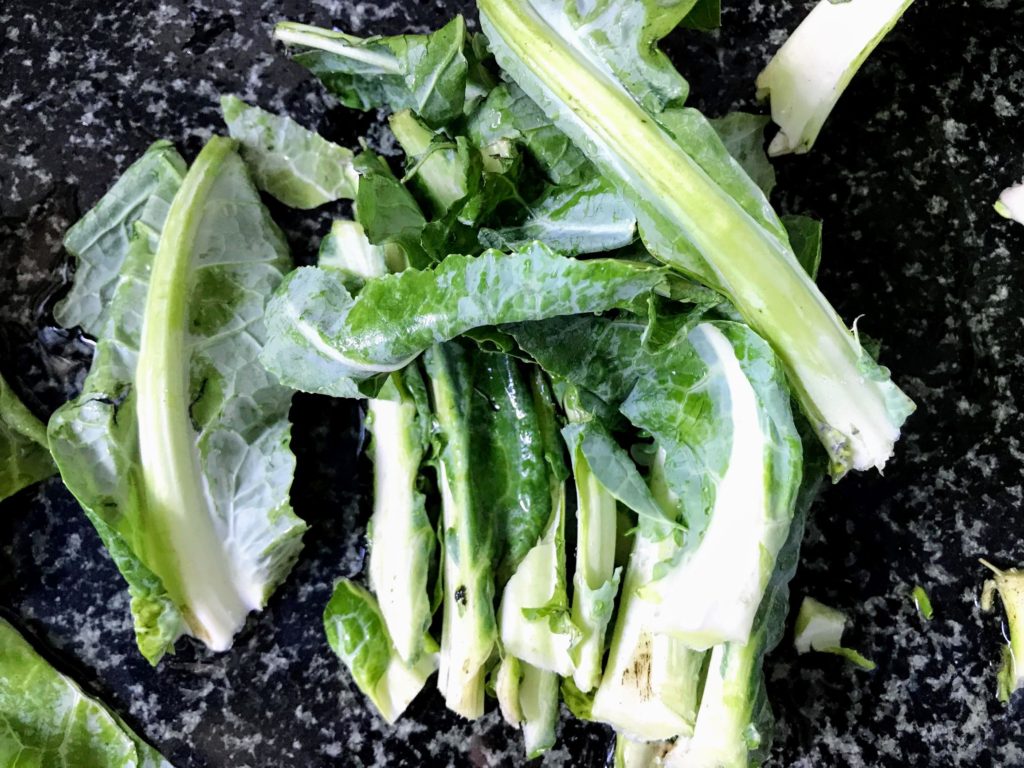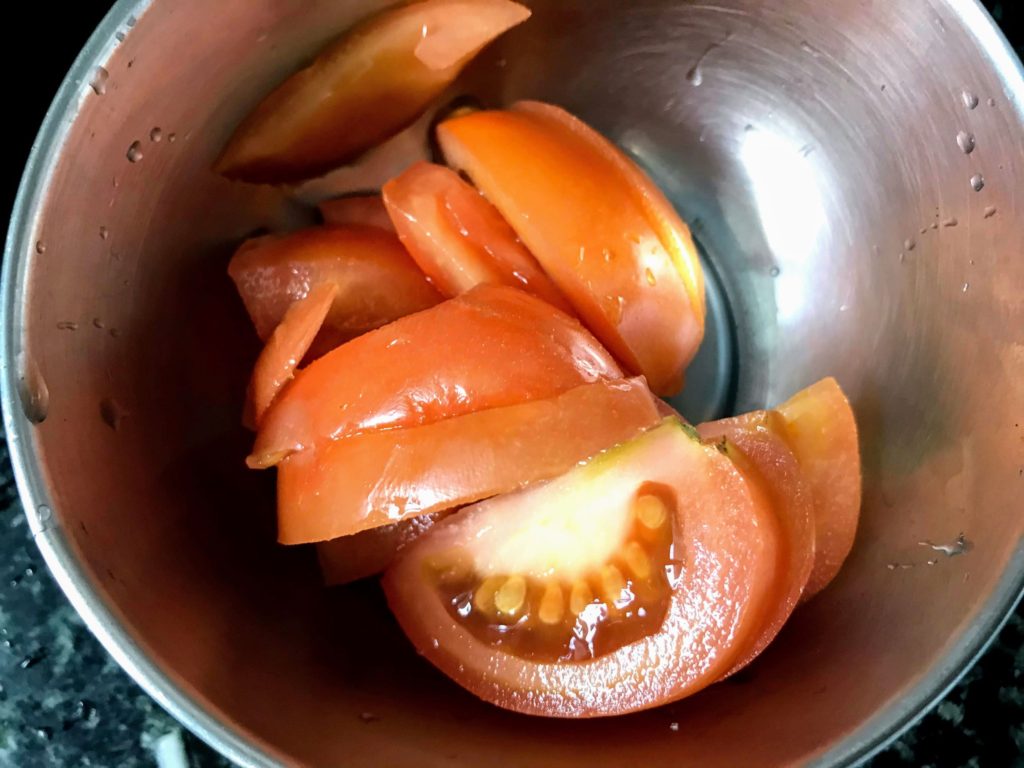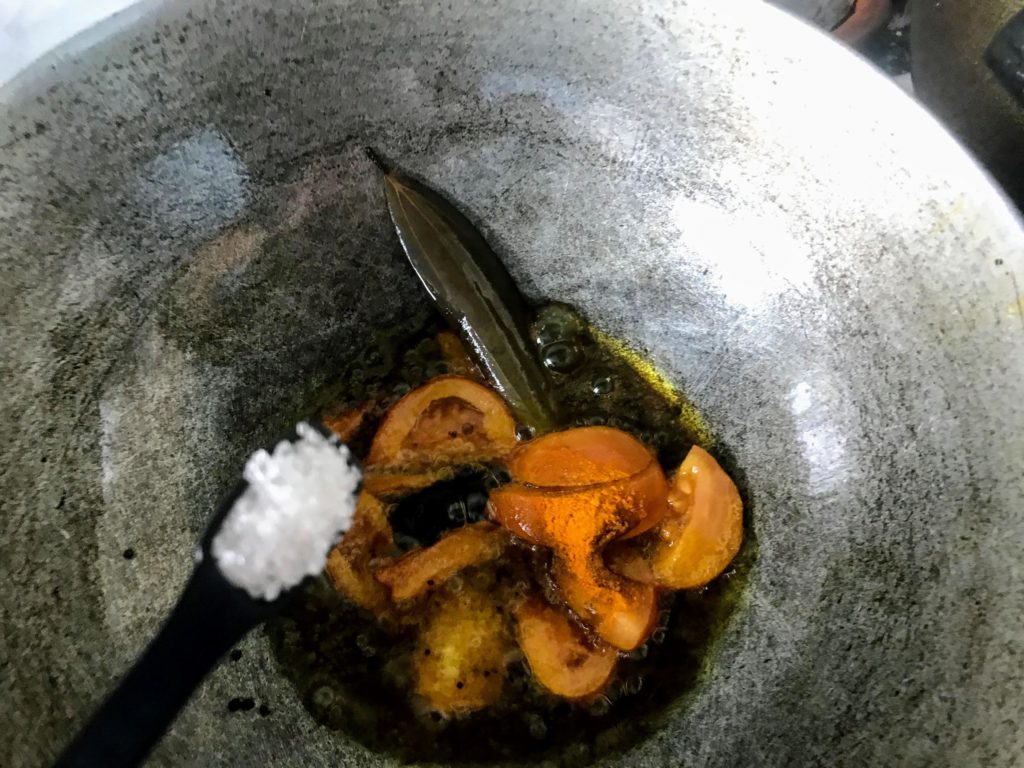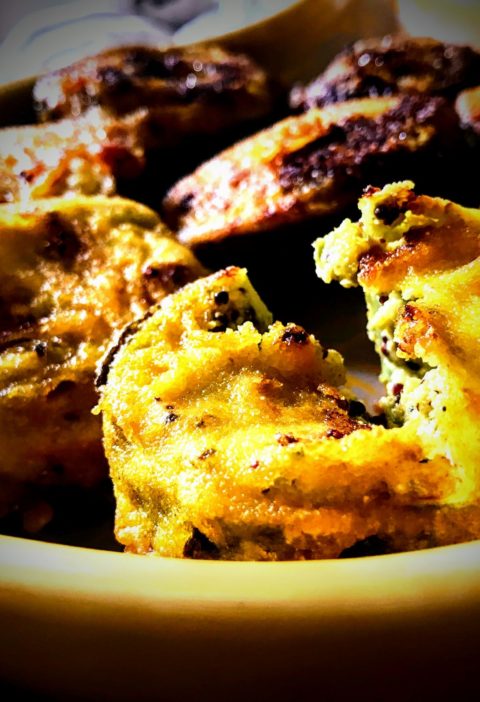The other day, as we were carrying on with our weekend lunch, my meditation suddenly broke when I bit into the morsel of dal rice along with few chunks of cauliflower stalk from the Phoolkopi’r Data Chorchori, I made for lunch. As usual, continuing with the same tradition of appreciating my own effort myself, owing to lack of acknowledgement from other ends

Honestly, the satisfaction of preparing this dish successfully has many folds. Yes, your heart beams with delight when your loved ones enjoy the dish prepared by you with pleasure. But, in this case I was immensely happy for the simple fact that I made the dish. Yes, instead of simply discarding these cauliflower stalks, which I have been doing before, owing to reasons which I am yet to discover, I chose to make something out of these. For me, just taking a stance to keep those stalks, was a step towards coming closer to my own tradition, which takes pride in adopting the concept of no waste since ages, by innovating amazing dishes with including ingredients that seldom can be thought of.
Though I have prepared the dish ‘Phoolkopi’r Data Chorchori’ Or ‘A Mishmash Preparation With Cauliflower Stalks’, for the first time, but the dish was not new to me and if not regular but was an often dish during winters at home, when cauliflowers were in season, vegetables were in plenty and thus preparing a mishmash out of these was just a logical conclusion. As flexible the dish is, Phoolkopi’r Data Chorchori’ can be prepared by adding any vegetables of your choice, thus, allowing you to take an account of the gift that we have from the mother nature, in the form of these nutritious, tasty and lovely looking vegetables in our plate.
So, lets count our blessings with this dish ‘Phoolkopi’r Data Chorchori’ Or ‘A Mishmash Preparation With Cauliflower Stalks’.
Get Side Dishes Recipes. Click here.
Recipe: Phoolkopir Data Chorchori Or A Mishmash Preparation With Cauliflower Stalks
Preparation Time: Around 50 minutes Pressure Cooking Time: 15 minutes Cooking Time: Around 1 hour 50 minutes Equipment Used: A pan or wok, a pan turner (khonti), sil batta (batan & una), a pressure cooker, bowls, a knife and a chopping board, strainer Yield: Serves 5
Ingredients:
- Cauliflower Stalks from 1 big cauliflower and 1 small cauliflower
- 3 cups water
- 1 tomato
- 2 radishes
- 1 carrot
- 1 brinjal
- 1 potato
- 12-14 beans
- 5 tablespoons mustard oil
- 1 red chilli
- 1 bay leaf
- ¼ teaspoon black mustard seeds
- 1 & ½ teaspoon salt
- ¾ teaspoon sugar
- ½ teaspoon turmeric powder
- 2 tablespoon yellow mustard seeds
- 2 green chillies
- 3 inch X 1.5 inch ginger
- ½ teaspoon ghee
Method:
- Separate the cauliflower stalks from the floret
- Take off the leaves from the stalks
- Clean the stalks properly
- Slit the stalk and then cut each piece to 3 cm long approximately
- Pressure cook the cauliflower stalks till 1 whistle after adding 3 cups water
- Clean the other vegetables
- Slice the tomato and cut the radish and carrot to approximately 3 cm X 0.5 cm each piece
- Cut the beans to approximately 3 cm each piece
- Finally cut the brinjal and potato vertically to arrive at similar sizes as other vegetables
- Grind mustard and green chilli to a smooth paste
- Heat a pan and heat oil
- Temper the oil with red chilli, bay leaf and black mustard seeds
- Add the sliced tomato, followed by ½ teaspoon salt, ¼ teaspoon sugar and ½ teaspoon turmeric powder
- Add the other vegetables that are kept ready
- Now transfer the cauliflower stalk from the pressure cooker to the pan with the help of a strainer
- Stir and mix the ingredients properly after adding the mustard paste
- Cover and let the vegetables cook on sim, while stirring occasionally
- In between while the vegetables are getting cooked, crush the ginger and slit the green chilli and add them into the pan
- When the vegetable pieces are tender, taste and adjust salt and sugar. I have added 1 teaspoon salt and ½ teaspoon sugar
- Switch-off the flame when the vegetable pieces are tender and the water evaporates
- Add ghee

Separate the stalks from the floret.

Take off the leaves.

Clean and slit the stalk. Cut each piece to 3 cm long approximately.

Pressure cook the cauliflower stalks after adding water.

Slice a tomato.

Cut the radish, carrot and beans.

Cut the brinjal and potato vertically.

Grind mustard and green chilli.

Heat oil after heating a pan.

Temper the oil.

Add the sliced tomato, followed by salt, sugar and turmeric powder.

Add the other vegetables into the pan.

Transfer the cauliflower stalk from the pressure cooker to the pan.

Stir and mix the ingredients properly after adding the mustard paste.

Cover and let the vegetables cook on sim, while stirring occasionally.

Crush the ginger and slit the green chilli and add them into the pan.

Taste and adjust salt and sugar, when the vegetable pieces are tender,

Switch off the flame and add ghee.
Tips:
- Don’t slit the stalks if the stalks are lean and slit them to 3-4 pieces if the stalks are too wide or thick
- The cut sizes of vegetables in the ‘Method’ section are given for reference. Just for convenience of cooking, the vegetable pieces should be of uniform sizes
- Add any vegetables you have in stock to accompany cauliflower stalk. There is no given rule to use any particular vegetable apart from cauliflower stalks
- The dish tastes best during winters when cauliflowers are in season and the stalks are less fibrous
- Save the water used for pressure cooking the stalks. You can add the water to the pan while cooking, if the liquid evaporates before the vegetable pieces are tender
- Don’t wait for two hours to switch off the flame, if the dish is done. The cooking time depends on lots of other factors like the size of the hob etc.
- For best results cook the dish on low flame. I suggest you can start the cooking early so that you have enough time in between to finish other chores, while the vegetables are getting cooked
- The dish is best enjoyed with rice and simple dal






